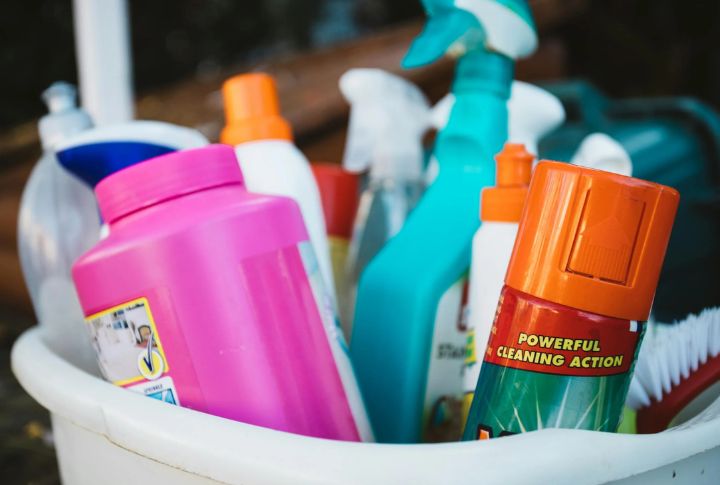
You think your home is spotless. But what if the very products you use leave behind invisible plastic pollution? Microplastics lurk in everyday cleaning supplies, sneaking into your air and water. The good news is you can ditch them. Let’s discuss how to clean without coating your home in plastic residue.
Spotting The Problem
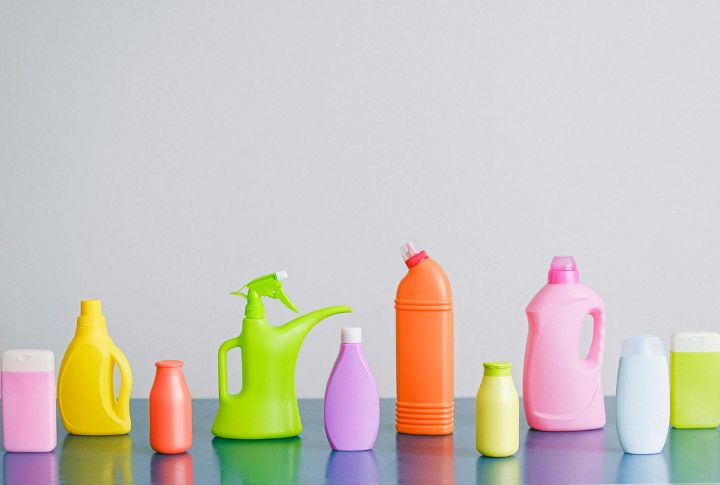
Try checking the ingredients on your cleaning products’ labels. Many contain synthetic polymers, which are tiny plastics that never break down. These microplastics travel through drains and pollute oceans. If your cleaner foams excessively or leaves a slippery film, chances are it’s packed with plastic-based compounds. It’s time to read labels like a pro.
Understanding Microplastic Ingredients

Words like polyethylene and acrylates aren’t complicated but common microplastics hiding in liquid cleaners and detergents. Companies slip them in for texture and stability, but they do more harm than good. Swap out products containing these ingredients for plant-based alternatives that break down naturally.
Finding Certified Clean Products
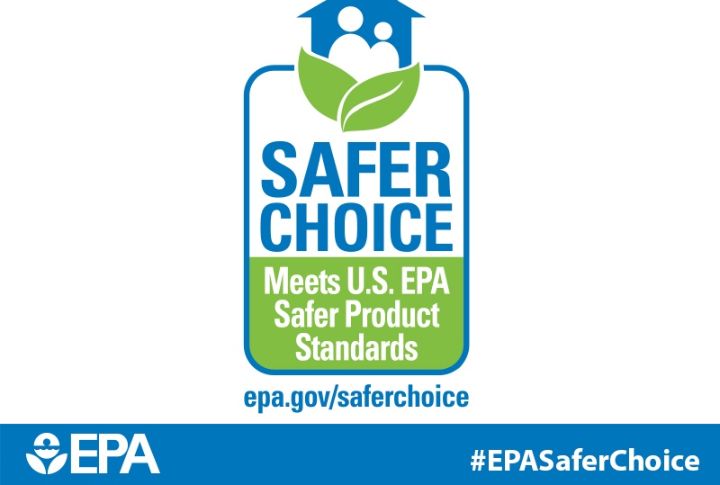
Not all cleaning products are the same. Look for third-party certifications like the EPA’s Safer Choice, EWG Verified, or EU Ecolabel. These stamps mean rigorous testing for safety and sustainability. If the label isn’t clear, research the brand. Transparency is key, so only trust companies that proudly list their ingredients.
DIY Solutions That Work
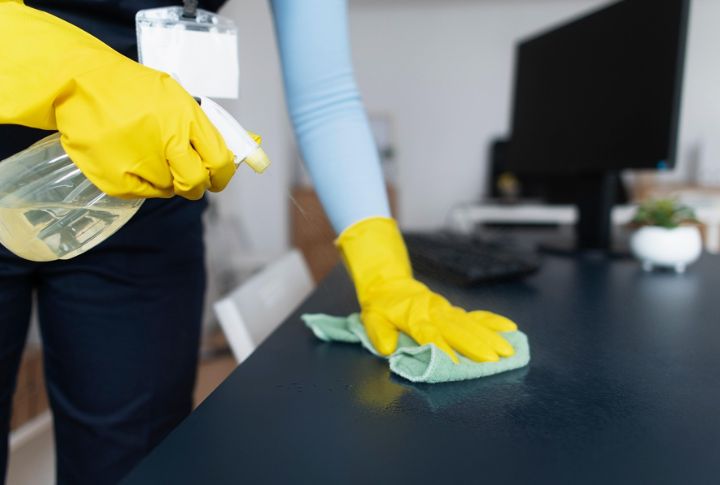
What if you could clean your home with ingredients from your kitchen? For example, vinegar breaks down grime, baking soda tackles stains, and lemon juice cuts through grease. These are simply practical and completely microplastic-free. You only need to mix and spray—no toxins, no plastics, just a fresh, safe home.
Brands That Put The Planet First
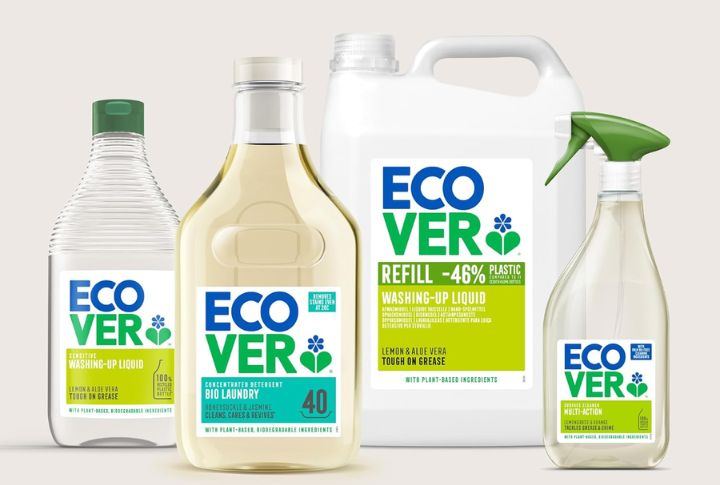
Some brands are truly committed to microplastic-free cleaning. Blueland eliminates plastic-based ingredients and offers refillable packaging, while Seventh Generation and Ecover use biodegradable formulas that safely break down. By choosing these brands, you’re helping keep harmful plastics out of your home and the environment.
The Problem With Fragrances
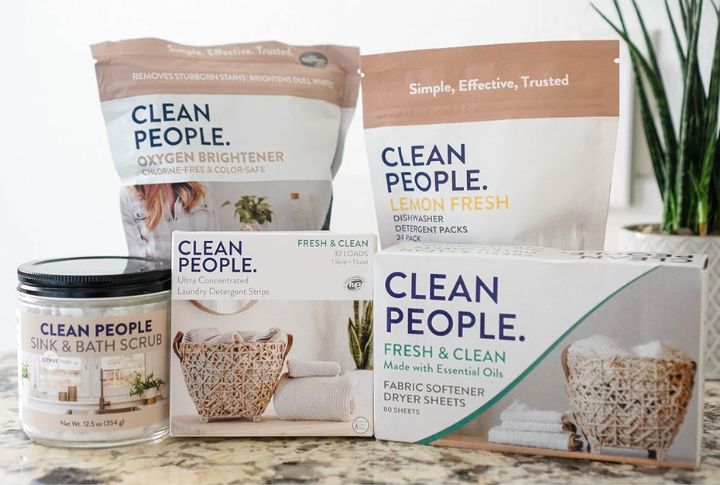
That ‘ocean breeze’ scent might just be coming from synthetic polymers. Many fragrances use plastic-based carriers to make scents last longer. So, pick fragrance-free options or products scented with essential oils. A clean home doesn’t need artificial perfumes; it requires real, natural freshness.
Packaging Matters, Too
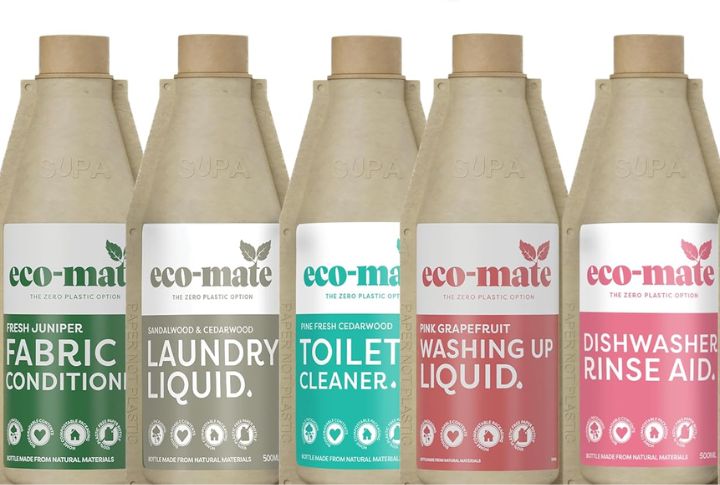
Microplastics aren’t just found in formulas; they are also present in packaging materials. Liquid cleaners in plastic bottles break down over time, releasing tiny particles into the environment. In contrast, powdered and tablet cleaners often come in cardboard or glass containers. Choosing refillable systems helps cut down on plastic waste even more.
Beware Of Greenwashing
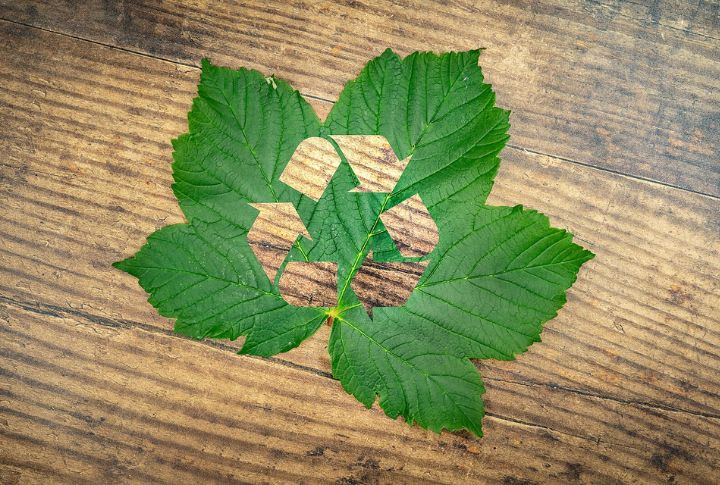
Some products claim to be ‘eco-friendly’ but still contain microplastics. Marketing tricks use phrases like ‘plant-based’ while sneaking in synthetic polymers. Read full ingredient lists, not just front labels. True sustainability means real transparency.
Small Steps, Big Impact
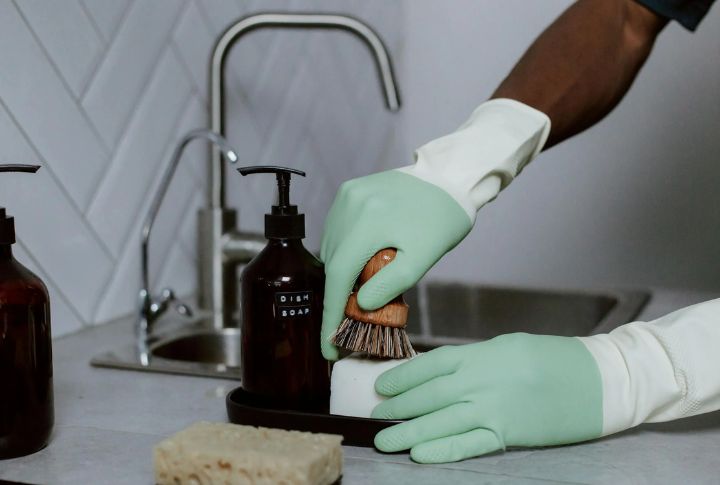
Switching just one cleaner to a microplastic-free option keeps thousands of plastic particles out of the environment. Imagine the impact if everyone did the same. Start with what’s easiest—dish soap, multipurpose sprays, or laundry detergent. Every choice shapes a cleaner, healthier world.
Share The Knowledge

Knowledge spreads change. Talk to friends, family, and coworkers about microplastics in cleaning products. Recommend better alternatives, share tips, and inspire action. The more people know, the bigger the impact. Together, we can push brands to improve and make microplastic-free cleaning the new standard.

